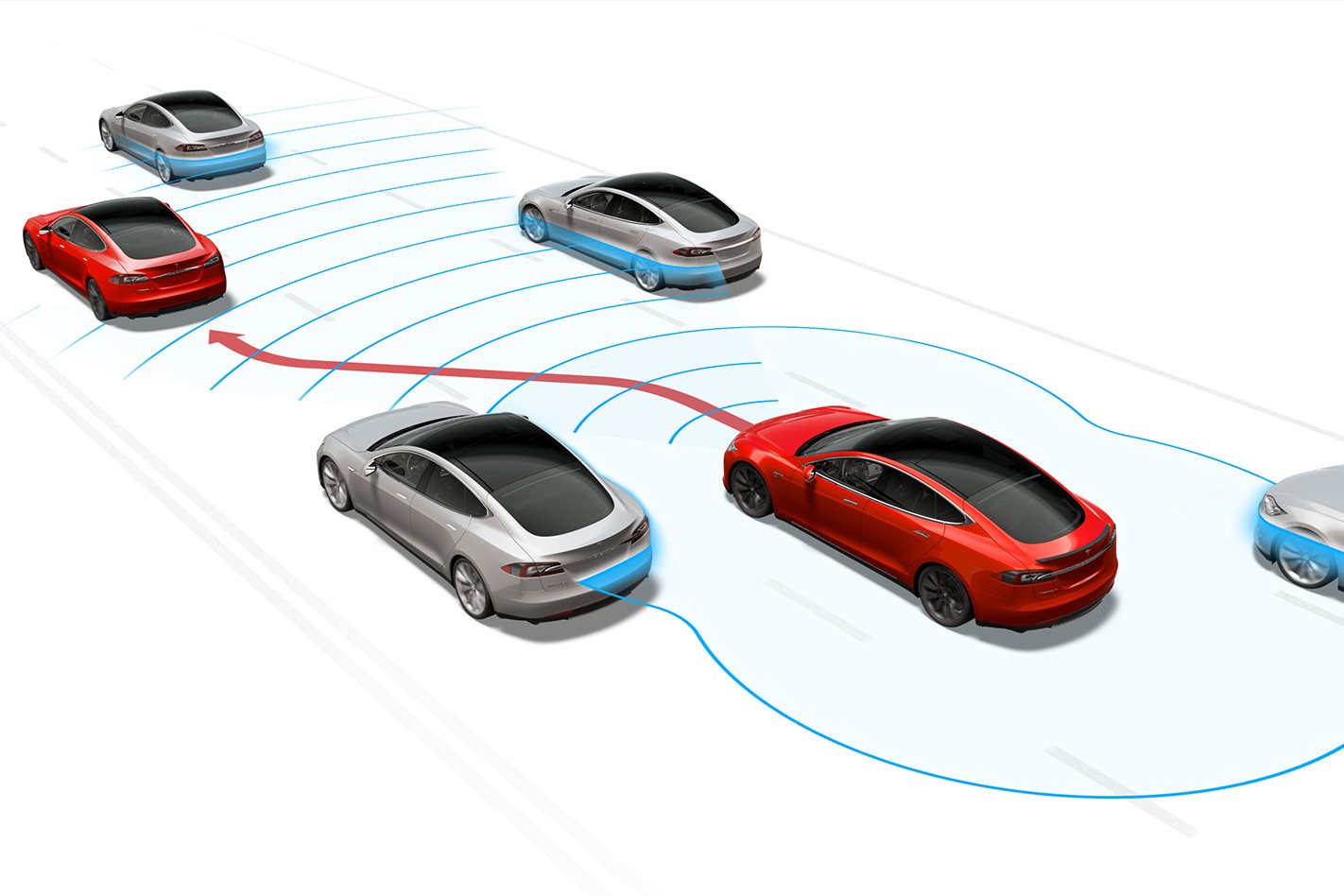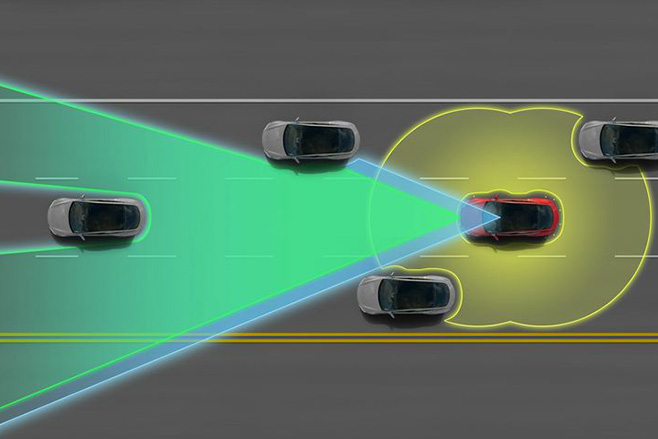
Adaptive Cruise Control is a surprisingly divisive issue. Some people swear by it, others can’t stand using it. There are drivers who love its ‘set and forget’ capability, and others who don’t see what advantage it has over simply paying more attention while using a ‘regular’ cruise control system.
Well, we are here to demystify the technology for you, and step you through the different adaptive cruise control (ACC) systems and how they work.
The advantage of ACC over traditional cruise control is its ability to identify cars ahead of you on the road, and adjust the speed accordingly. This means you can simply set your desired cruising speed, and not worry about having to decelerate when you come upon slower drivers – the car takes care of that for you. Once the slower car is out of your way, the car speeds back up to your previous speed.
ACC can be broken down into two major groups, radar and optical. Within in these two types of ACC there are different variations and versions.

Let’s start with optical. The downsides of an optical ACC system (whether laser or camera-based) is it cannot detect and track vehicles in adverse weather conditions. So it won’t work as well in the rain or on dusty dirt roads. Laser-based systems may also have trouble tracking cars covered in dirt, as the surface of the other car won’t reflect the laser beam as well.
The lasers themselves are also often mounted in the lower grille, where road grime and dead insects may impact its effectiveness.
Meanwhile, radar systems can be hidden behind a plastic fascia and aren’t as impacted by dirt, rain or fog. Radar systems have the added benefit of using multiple sensors. While some radar ACC units will use a single sensor to look several hundred metres ahead, the car’s parking sensors can also be called upon to provide short-range coverage..
Radar systems will often include a precrash system like Automated Emergency Braking, or at the very minimum, a collision warning. Radar sensors do much of the heavy lifting in the ‘automated’ driving systems used by the likes of Tesla and Mercedes-Benz.
Meanwhile optical ACC setups often also include lane-keeping systems which use cameras to detect line markings.
The most sophisticated ACC systems use both radar and optical sensors to give the car’s onboard computers the best ‘picture’ of the car’s surroundings.
The most important thing to consider when looking at ACC systems is whether a laser or radar sensors are used, and how far ahead the unit is capable of detecting cars. Also, at the end of the day, you are responsible for your car, so make sure to pay attention to the cars ahead of you, no matter how advanced the ACC in your car may be.




